Crafting Excellence in Custom Optical Components
Created at : Oct 13 2025
Light has become one of the most powerful tools for exploration, innovation, and precision. As the world increasingly relies on technology, behind every laser system, microscope, camera, or telescope lies a complex network of optical components — lenses, mirrors, prisms, filters, and more — all designed to manipulate light with the utmost accuracy. At the forefront of this specialized craft stands Sterling Precision Optics, a trusted leader in the manufacturing of high-quality, custom optical components for demanding industries and scientific applications.
With a commitment to craftsmanship, innovation, and exacting standards, Sterling Precision Optics transforms raw optical materials into precisely engineered elements that power today’s most advanced optical systems.
Understanding Optical Components
Optical components are the foundation of modern optical systems — the essential building blocks that shape, direct, and control light. Whether focusing a laser beam to cut through steel or magnifying a microscopic cell in a lab, each component must perform with absolute accuracy.
Common examples include:
- Lenses, which refract light to focus or disperse beams
- Mirrors, which reflect light to create or redirect images
- Prisms, which bend, reflect, or split light into its spectral colors
- Filters, which selectively transmit specific wavelengths of light
- Beam splitters, which divide light into multiple paths
- Polarizers and diffraction gratings, which manipulate light’s properties for specialized applications
These components are used in fields as diverse as aerospace, defense, medicine, telecommunications, semiconductor manufacturing, and scientific research. What unites them all is the need for precision — and that’s where Sterling Precision Optics excels.
Precision Begins with Material Selection
The journey toward an exceptional optical component begins with the right material. Sterling Precision Optics sources the highest-grade optical glasses, crystals, plastics, and metals to meet specific optical and mechanical requirements.
Each material is chosen based on its refractive index, transmission range, and thermal stability. Common optical glasses such as BK7 and fused silica offer excellent clarity and versatility, while crystals like sapphire or calcium fluoride are selected for their ability to transmit light in infrared or ultraviolet wavelengths.
The company’s engineering team works closely with clients to ensure the selected material meets performance expectations for each unique application — whether it’s a lens for a high-powered laser, a mirror for a telescope, or a prism for a scientific instrument.
From Blank to Brilliance: The Manufacturing Process
At Sterling Precision Optics, craftsmanship meets technology through a refined, step-by-step process that transforms raw materials into precision optics capable of manipulating light at the nanometer scale.
1. Optical Blank Fabrication
The process begins with cutting and shaping the chosen material into an optical blank — a rough form slightly larger than the final product. Glass blanks are carefully sliced using diamond saws or waterjet systems, while crystals are precision-cut using wire saws to maintain structural integrity.
After cutting, the blanks undergo annealing, a heat treatment that removes internal stresses that could distort optical performance during grinding or polishing.
2. Grinding the Optical Surface
Grinding establishes the optic’s fundamental geometry. Using diamond or carbide abrasives, technicians shape the blank to achieve the desired curvature or flatness.
For example, a convex lens is ground outward to converge light, while a concave lens is ground inward to diverge it.
This stage sets the optical figure — the foundation for the component’s precision — though the surface remains matte and unfinished at this point.
3. Polishing to Perfection
Once the basic shape is established, Sterling Precision Optics performs ultra-fine polishing to achieve a flawless, mirror-like finish. Polishing removes microscopic imperfections and brings the surface accuracy within fractions of a wavelength of light — often measured in nanometers.
In some cases, Sterling achieves tolerances as tight as λ/10 (one-tenth of the wavelength of visible light), ensuring light passes through or reflects exactly as designed. This level of precision is critical for scientific and defense applications where even the slightest imperfection can impact performance.
4. Centering and Edging
To ensure perfect symmetry and alignment, the optic’s outer edge is refined through centering and edging. This step aligns the optical axis with the mechanical axis — a crucial factor for components that must fit into assemblies such as telescopic systems, camera housings, or laser mounts.
5. Coating for Performance Enhancement
The final optical performance often depends on thin-film coatings applied to the polished surface. Sterling Precision Optics offers a range of vacuum-deposited coatings designed to enhance light transmission, reflection, and wavelength selectivity.
These include:
- Anti-reflective (AR) coatings to reduce glare and improve light transmission
- Metallic mirror coatings (such as aluminum, silver, or gold) for maximum reflectivity
- Dielectric coatings for durability and wavelength-specific filtering
Using physical vapor deposition (PVD) and ion-assisted coating technologies, Sterling achieves exceptional consistency and adhesion, even under extreme environmental conditions.
6. Rigorous Inspection and Quality Control
Every optical component that leaves Sterling’s facility undergoes stringent inspection and testing. The company employs interferometric testing to verify surface flatness and wavefront accuracy, spectrophotometric analysis for transmission and reflectivity, and scratch-dig inspection to ensure a flawless finish.
This attention to detail guarantees that each optic meets — or exceeds — customer specifications for clarity, precision, and reliability.
Custom Manufacturing: Tailored to Every Application
What sets Sterling Precision Optics apart is its dedication to custom optical manufacturing. Rather than mass-producing standard lenses, the company specializes in made-to-order components for unique or demanding applications.
From one-of-a-kind prototypes to small production runs, Sterling’s expert technicians and engineers collaborate directly with customers to design and produce optics that perform perfectly within their intended systems. Whether it’s developing optics for a new imaging device, producing mirrors for laser alignment, or crafting prisms for spectroscopic analysis, Sterling provides personalized solutions backed by decades of experience.
Applications Across Industries
Sterling Precision Optics serves a wide array of industries that depend on optical accuracy and reliability, including:
- Aerospace and Defense: High-precision mirrors and lenses for targeting and guidance systems
- Medical and Life Sciences: Optical assemblies for imaging, microscopy, and diagnostics
- Semiconductor and Electronics: Inspection optics and lithography lenses
- Laser and Photonics Systems: Custom lenses, filters, and beam splitters for high-energy applications
- Research and Development: Specialized optics for laboratories and universities
Each sector demands uncompromising performance, and Sterling meets that demand with craftsmanship built on experience and innovation.
A Legacy of Precision and Integrity
Sterling Precision Optics has built its reputation on quality, precision, and trust. Every optic reflects the company’s commitment to excellence — not just in the finished component, but in the service, communication, and partnership it provides to every customer.
The company’s expert team understands that in optical engineering, a micron can make the difference between success and failure. That’s why Sterling’s processes are meticulously controlled, from material sourcing to final inspection, ensuring every component meets the most rigorous standards of modern optical science.
Illuminating the Future
As technology continues to advance, the demand for precision optical components will only grow — from quantum computing to next-generation medical imaging, augmented reality, and aerospace exploration. Sterling Precision Optics stands ready to meet that challenge with the same dedication to precision and craftsmanship that has defined its legacy.
By combining advanced manufacturing technology with old-world expertise, Sterling continues to shape the way light serves science, industry, and innovation — one custom optical component at a time.
Sterling Precision Optics — where precision meets perfection in every beam of light.

 CUSTOM OPTICAL FILTERS
CUSTOM OPTICAL FILTERS
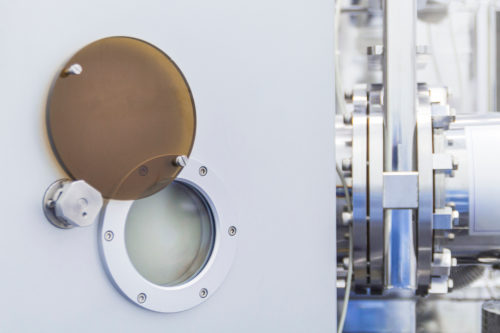 OPTICAL WINDOWS
OPTICAL WINDOWS
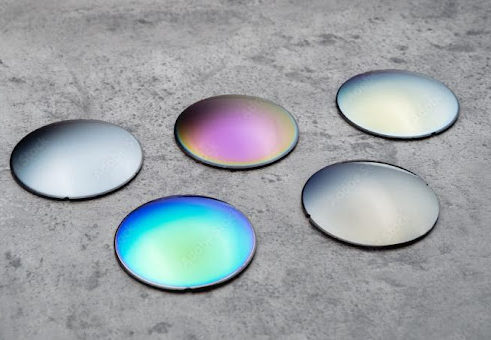 OPTICAL COATINGS
OPTICAL COATINGS
 UV OPTICS
UV OPTICS
 CYLINDRICAL OPTICS
CYLINDRICAL OPTICS
 CUSTOM TEMPERED OPTICS
CUSTOM TEMPERED OPTICS
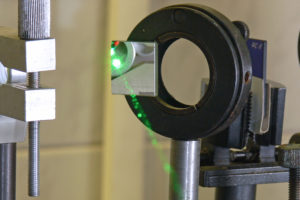 OPTICAL MIRRORS
OPTICAL MIRRORS
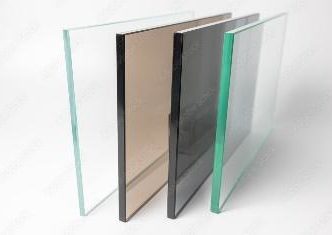 NEUTRAL DENSITY
NEUTRAL DENSITY
 PRISMS & RETROREFLECTORS
PRISMS & RETROREFLECTORS
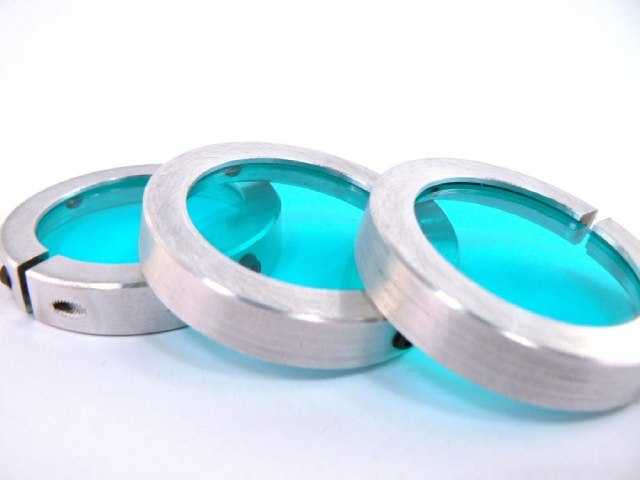 ASSEMBLIES
ASSEMBLIES
 OPTICAL LENSES
OPTICAL LENSES
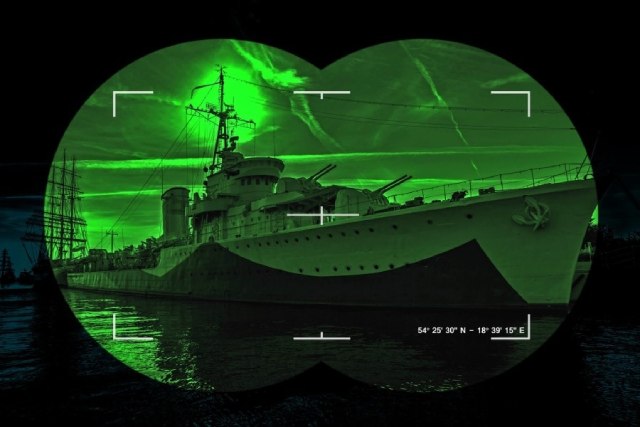 NIGHT VISION FILTERS
NIGHT VISION FILTERS
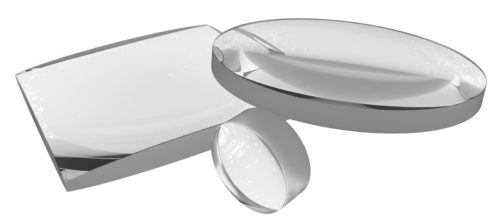 ACHROMATIC LENSES
ACHROMATIC LENSES
 OPTICAL BEAM SPLITTERS
OPTICAL BEAM SPLITTERS
